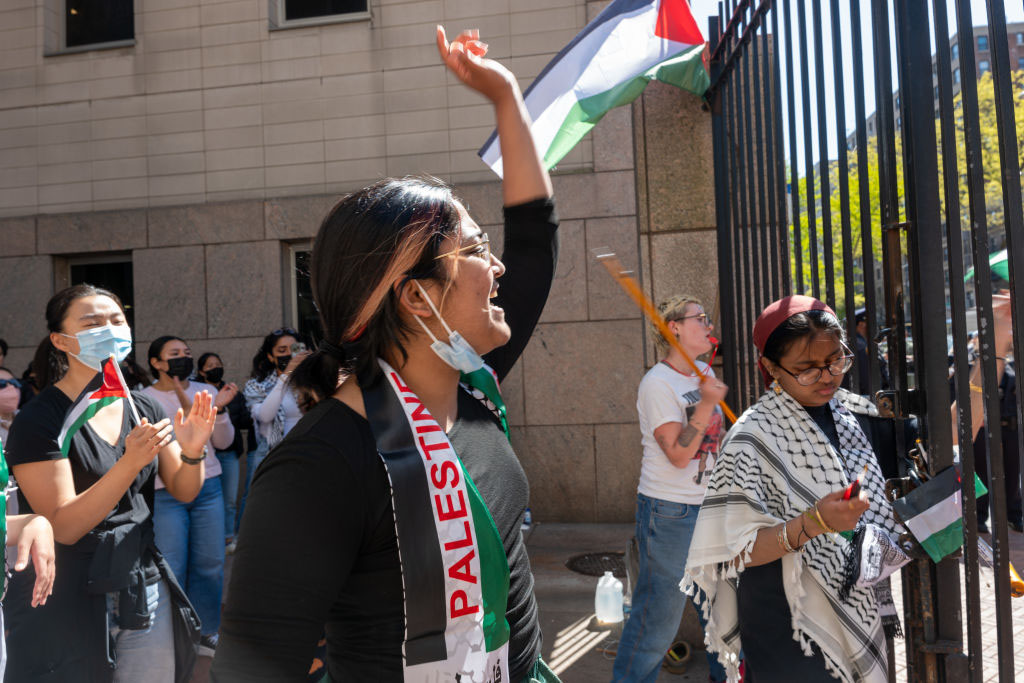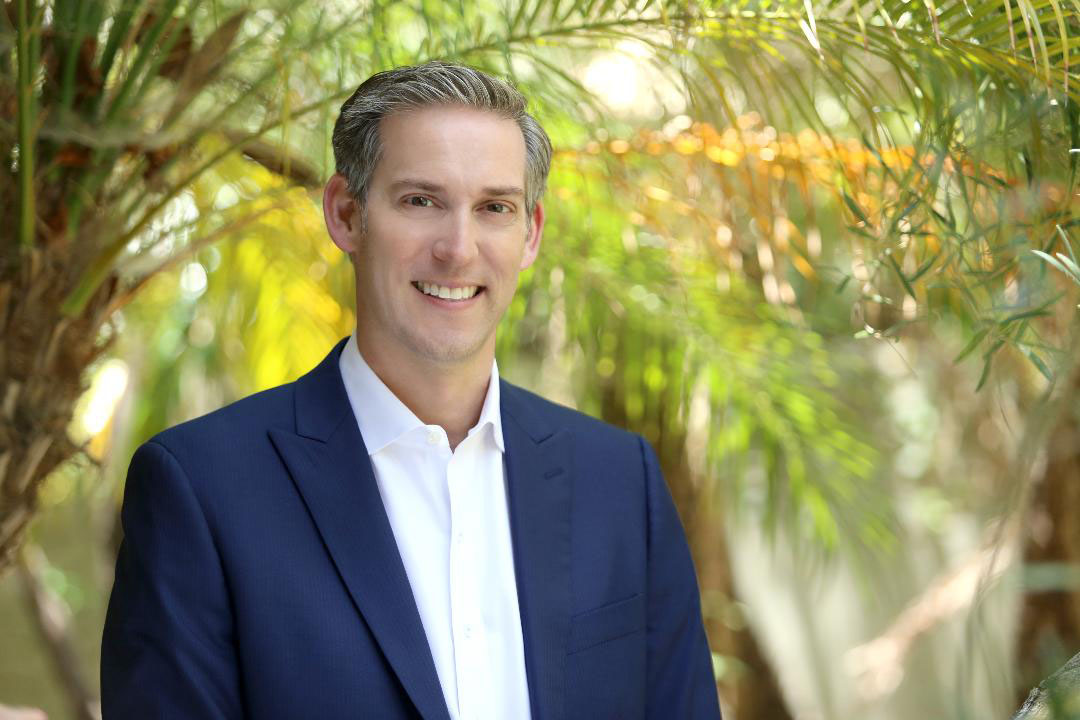The biggest (and probably the most splendid as well) Jewish community center in the world was recently opened in Dnipropetrovsk, Ukraine. The building, reminiscent both of an ultra modern tower complex and a pre-war constructivism dream, is called ‘Menorah’. Seven towers constituting the building indeed look like Menorah candles, especially at night, when each tower glows with a powerful illumination, looking somewhat like a spaceship landed on the banks of river Dnipro. In the daytime, the towers are shining with a precious Israeli marble. The immense 50,000 sqm construction, which encircles the old synagogue, hosts a luxurious hotel, a youth hostel, a restaurant, a concert hall, a museum dedicated to the story of Jewish life and the Holocaust in Ukraine, a tourism center, office premises and many more. This set is not random: the center is planned to be a ‘harmonious combination of spirituality, culture and business’ as well as to become an important landmark for the whole city and country population disregarding faith or background.
The center appeared exactly where it was supposed to – with a beautiful ‘Golden Rose’ synagogue at its feet (built in the 19th century and rebuilt in 2001), Menorah is located on Sholem-Aleichem street, named after a legendary Ukrainian Yiddish author of ‘Fiddler on the roof’ and many other works. That’s where the heart of Dnipropetrovsk lies; that’s also where the heart of city’s Jewish life is and was from the very beginning – the previous name of Sholom-Aleichem street used to be ‘Evreyskaia’, literally meaning ‘Jewish’ street.
Dnipropetrovsk, country’s 4th largest city situated in the Central Ukraine, was always considered an important Jewish center. Still before the war, the Jews were nearly constituting the majority of population. The city still had an immense Jewish population till the fall of communism, since many Jews managed to escape the city to the Asian regions of the USSR during the war. Today, after the massive emigration of the 1990s, official numbers say some 15,000 Jews live in the 1,000,000 people city (unofficial sources claim the numbers of above 30,000). The community is led by Ihor Kolomoyskyi and Hennadiy Boholyubov – businessmen, billionaires, Jewish leaders and one of the most influential people of Ukraine. These people are also initiators and main sponsors of Menorah center and major guests at center’s opening in October 2012, together with the Chief rabbi of Israel, city’s officials and the ambassadors of Germany, the USA and Israel. Another prominent figure behind the center – Hennadiy Akselrod, mentioned as the conceptualist and developer of Menorah, – was killed in April 2012. His name is put on a memorial plaque at one of the entrances.
Opened in October 2013, Menorah is still on its way to fully launch all of its facilities. Nevertheless, the center doesn’t experience any lack of visitors. Menorah regularly hosts different performances, exhibitions, concerts and lectures. The program is not limited to the Jewish culture; it rather involves famous personalities which are of interest for a regular, though well-educated visitor. This opened, multicultural focus relates to the whole center. For example, the store section features an ever growing range of shops, including the one with Ukrainian folk art. Signs and labels in Menorah can also be seen in different languages – English, Ukrainian, Russian and Hebrew.
One of many distinctive features of Menorah is its accessibility. Not only it is located in the very center of the city, surrounded by business centers, shopping malls and architectural landmarks. Anyone can access it anytime within the opening hours and take a walk along its spacious hallways, decorated with full-sized patterns of some old Dnipropetrovsk buildings, historic pictures and postcards. The same applies to the museum of Jewish life and the Holocaust in Ukraine. The entrance is free; one can walk in anytime not even talking to anyone, stroll through some exciting exhibitions or join a regular guided tour. That’s just one of many features underlying the core message of the new center – openness to people of many religions, nations and occupations. All one needs to do in order to see how the Jewish life looks like today is their city and country is to enter the building.






















 More news and opinions than at a Shabbat dinner, right in your inbox.
More news and opinions than at a Shabbat dinner, right in your inbox.